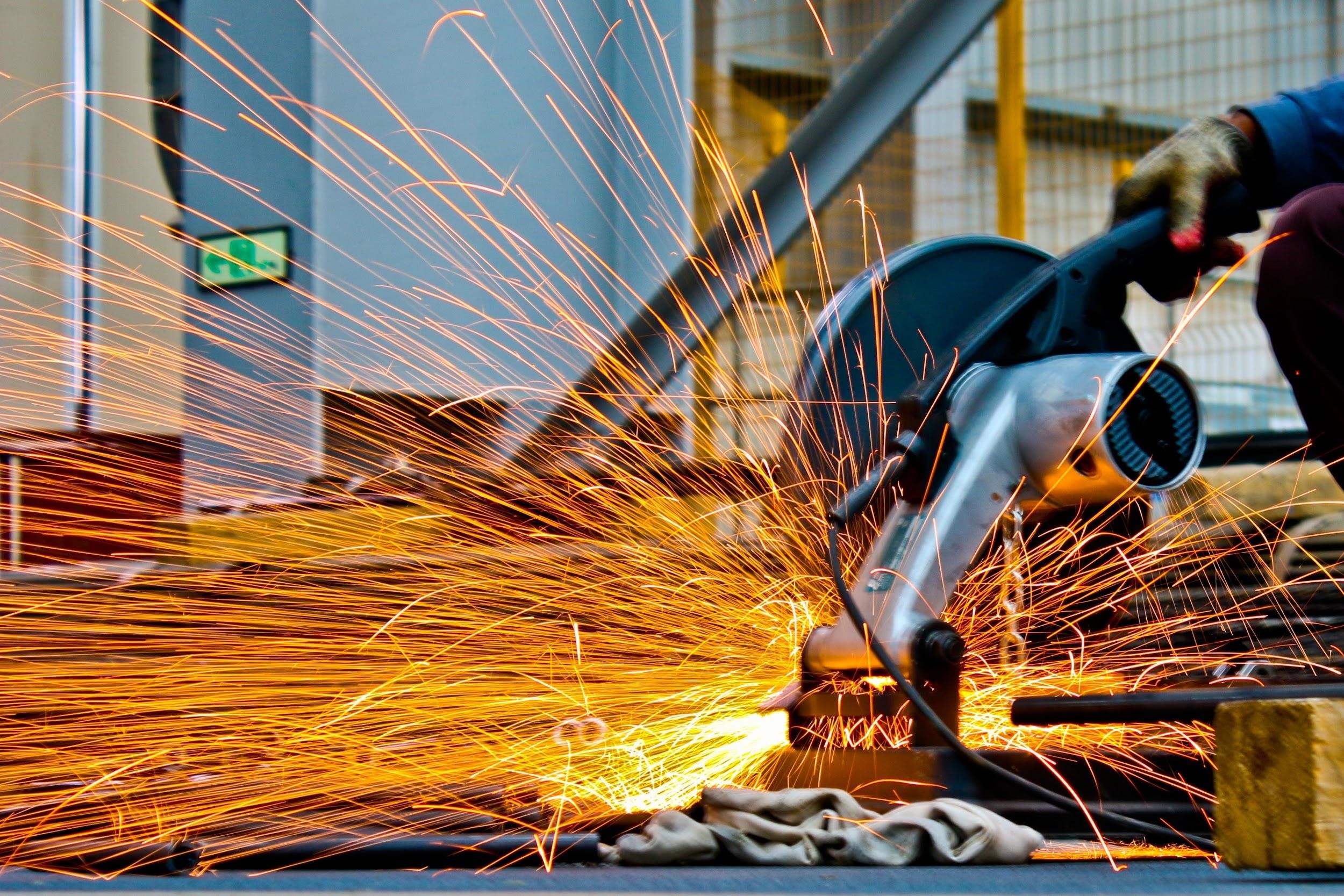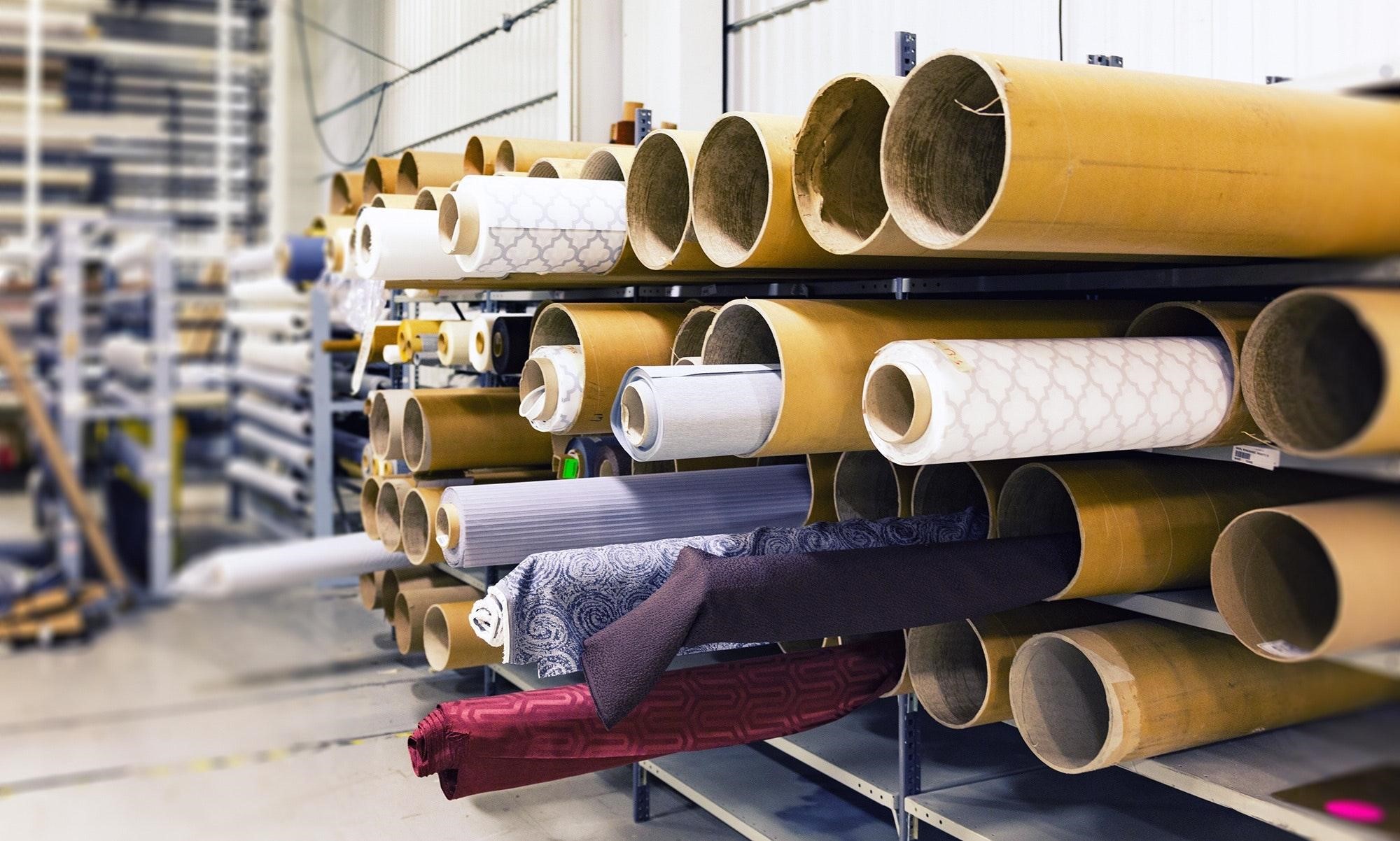Major manufacturing industries are the engine rooms of global production, shaping the products we use every day and underpinning economies on a massive scale. These industries span a broad spectrum, encompassing automotive, electronics, aerospace, pharmaceuticals, and more, each with its unique blend of technologies, challenges, and impacts. The products of these industries touch nearly every aspect of our lives, from the cars we drive to the smartphones we rely on. Yet, their significance extends far beyond the consumer realm, influencing technological advancement, job markets, and trade dynamics worldwide. In this exploration, we’ll delve into these major manufacturing sectors, unravelling their inner workings, examining their economic and societal roles, and gaining insights into how they are shaping our ever-evolving world.
The Ruhr Coal-field (Germany)
This has been one of the important industrial areas of Europe for a long time. Coal, iron and steel articulated the basis of the economy, but as the need for coal diminished, the industry started narrowing. Even after the iron ore was depleted, the industry prevailed, utilising imported ore carried by waterways to the Ruhr. The Ruhr region is accountable for 80 per cent of Germany’s total steel manufacture. Alterations in the industrial structure have led to the decline of some areas, and there are issues related to industrial trash and pollution. The future expansion of the Ruhr is not based on the products of coal and steel, for which it was originally famous. Instead, the new industries like the large Opel car equipment plant, new chemical plants, universities. Out-of-town shopping centres have emerged resulting in a ‘New Ruhr’ landscape.
Concept of High Technology Industry
- High technology, or simply high-tech, is the modern generation of manufacturing activities. It is best explained as the employment of intensive research and development (R and D) work leading to the manufacture of products of an unconventional scientific and engineering nature.
- Professional (white-collar) operators make up a large share of the total workforce. These extremely skilled specialists considerably outnumber the actual production (blue-collar) labourers.
- Robotics on the assembly line, computer-aided design (CAD) and production, electronic commands of smelting and refining processes, and the continuous growth of new chemical and pharmaceutical products are striking examples of the high-tech industry.
- Neatly aligned, low, modernised, separated, office-plant-lab constructions rather than huge assembly constructions, factories and storehouse areas mark the high-tech industrial landscape.
- Organized business parks for high-tech start-ups have become a component of regional and local development schemes.
- High-tech industries which are locally concentrated, self-sustained and extremely specialised are called technopolies. The Silicon Valley near San Francisco and Silicon Forest near Seattle are good examples of technopolies.
- Manufacturing adds significantly to the world economy. Electronics, automobiles, petrochemicals, textiles and Iron and steel are some of the world’s most important manufacturing industries.
Iron and Steel Industry
- The iron and steel industry constitutes the foundation of all other industries and, hence, it is called a basic industry. It is basic because it renders raw material for other industries such as machines used for production. It may also be called a heavy industry because it uses large amounts of bulky raw materials and its products are also heavy.
- Iron is derived from iron ore by smelting in a blast furnace with carbon (coke) and limestone.
- The molten iron is cooled and moulded to form pig iron which is used for transforming into steel by adding strengthening substances like manganese.
- The big integrated steel industry is traditionally established close to the sources of raw materials – iron ore, manganese, limestone, coal – or in areas where these could be readily brought, e.g. near ports.
- In mini steel mills, access to markets is more critical than inputs. These are less costly to construct and operate and can be found near markets because of the profusion of scrap metal, which is the main input.
- Traditionally, most of the steel was assembled at large integrated plants, but mini-mills are restricted to just one-step process – steelmaking.
- Distribution of iron and steel industry:
- This industry is one of the most complicated and capital-intensive industries and is centred in the advanced nations of North America, Asia and Europe.
- In the U.S.A., most of the production occurs in the northern Appalachian region (Pittsburgh), Lorain, Great Lake region (Chicago-Gary, Erie, Duluth, Buffalo and Cleveland) and the Atlantic Coast (Sparrows Point and Morrisville).
- The industry has also shifted towards the southern state of Alabama. Pittsburg region is now losing ground. It has now converted into the “Rust Belt” of the U.S.A. In Europe, the U.K., Germany, France, Belgium, Luxembourg, the Netherlands and Russia are the leading producers.
- The important steel centres are Sheffield and Birmingham in the U.K.; Dortmund, Essen Dusseldorf and Duisburg in Germany; St. Ettienne and Le Creusot in France; and St. Petersburgh, Lipetsk, Tula, in Russia and Donetsk and Krivoi Rog in Ukraine.
- In Asia, the major centres include Tokyo-Yokohama and Nagasaki in Japan; Tientsin, Shanghai and Wuhan in China; and Kulti-Burnpur, Jamshedpur, Durgapur, Bhilai, Rourkela, Salem, Bokaro, Bhadravati and Vishakhapatnam in India.
Consult your atlas to find these places.
Cotton Textile Industry
It has three sub-sectors, i.e. powerloom, handlooms and mill sectors. Handloom sector is labour-concentrated and employs semi-skilled workers. It demands small capital investment.
This sector includes weaving, spinning, and finishing of the textiles. The power loom sector includes machines and is less labour-intensive.
The volume of production increases in this sector. The cotton textile mill sector is extremely capital-intensive and offers well-made clothes in bulk. Cotton textile manufacturing demands good quality cotton as raw material.
India, U.S.A, China, Pakistan, Egypt and Uzbekistan, produce more than half of the world’s raw cotton. The U.K., northwestern European nations and Japan also produce cotton textiles made from imported fibre. Europe solely accounts for almost half of the world’s cotton imports.
The industry has to handle very strong competition with synthetic fibres; consequently, it has now shown a declining trend in various countries. With scientific progress and technological advances the composition of industries changes. For example, Germany recorded consistent growth in the cotton textile industry since the Second World War until the seventies, but now it has weakened. It has turned to less developed countries where labour costs are cheap.
Frequently Asked Questions
What are the key factors that determine the location of major manufacturing industries?
Location factors include proximity to raw materials, transportation networks, skilled labour, access to markets, and government policies.
How has globalization impacted major manufacturing industries, and what role does international trade play in this sector?
Globalization has led to increased competition, supply chain integration, and the outsourcing of manufacturing processes. International trade is essential for accessing diverse markets and inputs.
Can you provide examples of major manufacturing industries and their products?
Major industries include automotive manufacturing (cars and trucks), electronics (consumer electronics and semiconductors), aerospace (aircraft and components), and pharmaceuticals (medications and vaccines).
What challenges and opportunities do major manufacturing industries face in terms of sustainability and environmental impact?
Industries face challenges related to resource consumption and pollution. Opportunities lie in adopting sustainable practices, recycling, and reducing emissions through innovation.
How do major manufacturing industries contribute to economic growth and employment in both developed and developing countries?
These industries stimulate economic growth, create jobs, and drive innovation. In developing countries, they can promote industrialization and boost export earnings.








